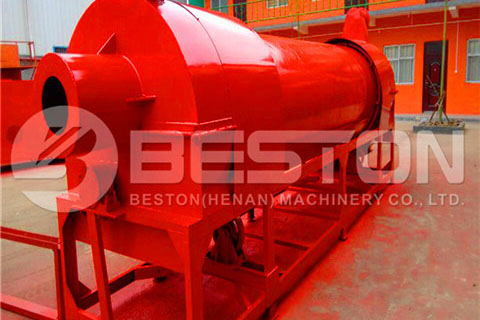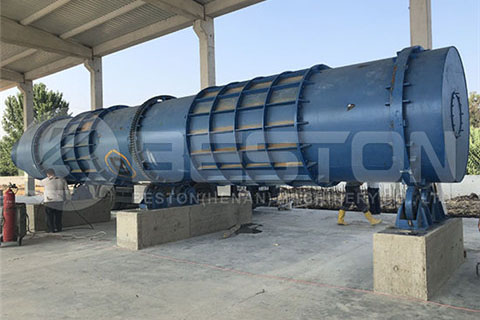In an average year, the Asian country harvests over 210 million tons of the grain. While everyone knows that rice is an important crop for the global food industry, many people don’t realize what is really behind its production. The truth is that when harvesting a rice crop, hundreds of tons of biomass waste is generated. The biomass waste is largely from the inedible rice husks, also called rice hulls, that protect the editable grains for the elements. For every ton of rice harvested and processed, approximately 0.2 tons of biomass waste is generated. So, it’s not hard to imagine why you can invest in a rice hull carbonizer for business.

Something important to know is that rice husks have little in common with wheat husks and oat husks. The husks can’t be used as soil fertilizer in their natural state because of their high silicon content. They have to be burned first before they can be plowed back into the ground and the incineration process produces a lot of carbon pollution.
Fortunately, thanks to modern engineering advancements, it is now possible to convert silicon-rich rice hull biomass waste into high-grade biochar using biochar machines. The best thing about those machines is that they are energy-efficient and don’t produce any toxic emissions during operations thanks to modern filtering systems.
The main parts of a 21st-century charcoal manufacturing plant include crusher, shredder, carbonization host, drying machine, spray tower, dedusting system, and gasifier. The drying machine is needed to remove any excess moisture content from rice husks before they enter the carbonization furnace. Moisture levels of biomass waste need to be below 18% for effective carbonization.

The most important end products from rice hull carbonization are biochar and biogas. In most setups, the biogas is used directly as fuel inside a biomass waste processing center to reheat reactors. The biochar produced, meanwhile, can be reformed into high-carbon charcoal briquettes or sold to the chemical industry, pharmaceutical industry, metal industry, and others. It is easy to convert biochar into activated carbon, which is a sought-after purification agent by the wastewater treatment industry.
Charcoal making machine price varies based on the specs of a machine. The hourly processing capacity, working method and automation level of a machine all have a big impact on the list price. There are many leading charcoal making machine manufacturers in operation, but it’s generally best to stick to machinery from established global brands like Beston. You can get price estimates for the manufacturer’s latest biochar production equipment online.
Before investing in any type of rice hull carbonizer, it’s advisable to create a biomass waste to bio charcoal business plan. Writing such a plan can also help your business to gain access to government subsidies and startup capital from private investors. The money raised can help to cover the cost of all the carbonization furnaces and processing equipment you need to run your business. More products can be found: https://bestonasia.com/.